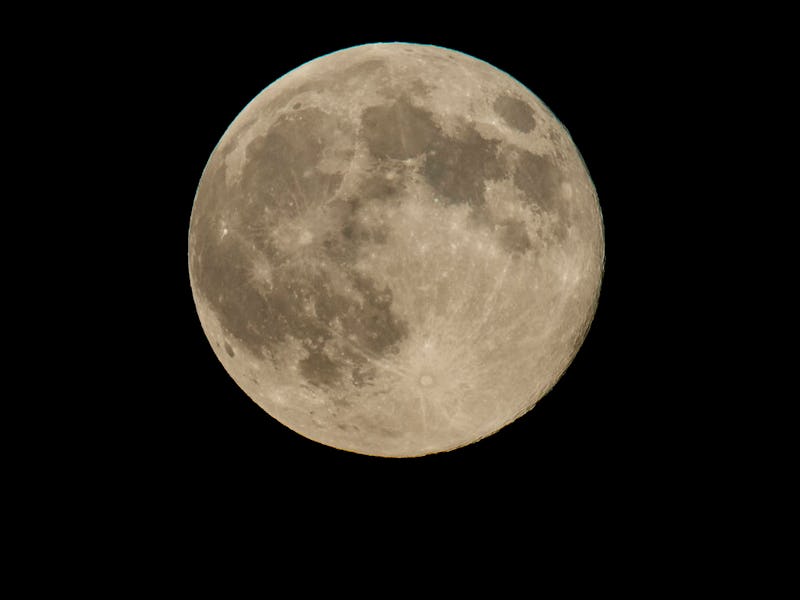You need to see the Strawberry Moon tonight
June's full moon will light up the skies this weekend.

June's "Strawberry Moon" will appear in our skies on June 4-5, marking the peak of its cycle as it orbits around the Earth. During the daylight hours of Friday morning, the Moon will start to appear at its fullest for our view down from Earth, and will shine bright until the hours of dawn.
The Moon will reach its peak fullness at 3:12 p.m. Eastern (19:12 UTC) on Friday, according to NASA.
Over the course of its trip around Earth, which takes approximately 27 days, the Moon embarks on eight different phases.
At the beginning of its cycle, the Moon is on the same side of the Earth as the Sun, with its dark side facing our planet. As a result, it is almost invisible to us. Then, a small sliver of the Moon’s crescent gradually appears in our skies as it waxes to become a full Moon at the peak of its cycle. After that, it begins to wane into invisibility once more, before beginning anew, 29 and a half days after the preceding new Moon.
Each of these phases is marked by changes in the Moon's visibility, brightness and how it appears in size.
The different phases of the Moon.
A full Moon takes place once every 27 days, when the Earth is wedged between the Sun and the Moon at exactly opposite ends. As a result, the side of the Moon facing the Earth becomes fully illuminated by the Sun’s beaming light.
When the full Moon falls in June, it is referred to as a 'Strawberry Moon' for the fruit's harvest season which takes place during this time in North America. The tradition of naming the full Moon according to its season comes from Native American tribes, with other names including the Wolf Moon, the Harvest Moon and the Blood Moon.
This month's full Moon also happens to be a penumbral lunar eclipse, where the Earth will cast its shadow on the Moon. However, this type of lunar eclipse is not as harsh as a regular lunar eclipse as only the outer shadow of our planet falls on the Moon, and will appear as a slight shading on the lunar surface.
However, sky gazers in North America will not see the eclipse at all as the full Moon will be to the north of Earth's shadow. Instead, the eclipse will be visible throughout most of Europe, Africa, Asia, Australia, the Indian Ocean, and Australia.
If you would like to tune in virtually to the eclipse, the Virtual Telescope Project will be streaming the event live on their website.
Additionally, next month's full Moon, which will fall on July 4-5, will have a penumbral lunar eclipse that will be visible to North American sky watchers. So, that should ease some of the celestial FOMO.
The Strawberry Moon will also be close to the brightest star in the constellation Scorpius the Scorpion; the red supergiant Antares, according to EarthSky.